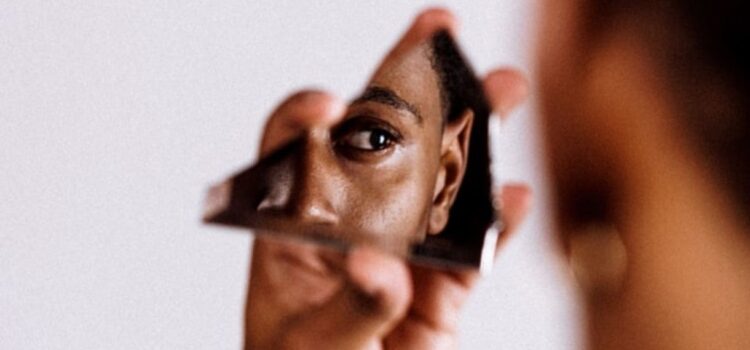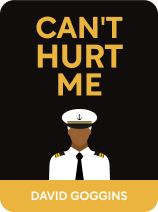

This article is an excerpt from the Shortform book guide to "Can't Hurt Me" by David Goggins. Shortform has the world's best summaries and analyses of books you should be reading.
Like this article? Sign up for a free trial here .
What is an accountability mirror? How can you use an accountability mirror to better yourself?
The accountability mirror is David Goggins’ method of making sure he achieves his goals. Goggins put post-it notes on his mirror, and used the mirror as a way to check-in with himself, and to give himself pep talks.
Read more about the accountability mirror and how it works.
Accountability Mirror
One day, Goggins change his life. When Goggins looked in the mirror, he felt frustrated with who he saw that day—a kid with few prospects who wouldn’t be able to make it into the Air Force without getting tough with himself and changing his behavior. He resolved to get into the Air Force by improving his reading skills and studying for the test.
To do this, he decided to use the mirror as a device to hold himself accountable and reach his goals. Each night, he wrote his goals for the next day down on Post-it notes and placed them on the mirror. Then, he’d make sure he worked toward his goals each day. Often, this involved giving himself a tough talk about what he needed to do and why. For example, he’d call himself out for being stupid and say he needed to study to fix that. He found this method more motivating than being gentle with himself. This was the beginning of David Goggin’s accountability mirror.
During his senior year, he focused on studying and being in good physical shape. After he failed the Air Force entry test a second time, his mom connected him with a tutor. His tutor taught him to use memorization to learn, and he’d read textbooks and copy them, greatly improving his knowledge of reading and algebra.
As he grew his skills, Goggins gained confidence and spent less time upset with racists. He felt too focused and determined to reach his goals to let racists distract him. After 6 months of studying, he took the Air Force entry test again and passed.
Take Action
Making your own accountability mirror will help you break your goals and dreams into more manageable steps and offer a visible reminder of what you’re working toward.
Using Post-it notes or paper (rather than digital means), follow these steps:
- Write down all of your insecurities. Own your insecurities and use them as an opportunity to improve yourself. For example, if you’re overweight, call yourself out. It may seem mean, but in the US, we’re often too nice and avoid telling truths that could motivate us to change. Calling things as they are and becoming less sensitive makes it easier to work on improving yourself.
- Write down all of your goals and dreams. Break them into small, specific steps, written on separate Post-it notes. Stick all your notes on the mirror. Hold yourself to working on them each day. The insecurities could inspire your goals, but they don’t have to be related. For example, if you’re trying to lose 15 pounds, make a smaller goal of losing 2 pounds in the first week. When you’ve achieved each step, write a new Post-it for the next one.
- (Optional) Post a photo of yourself on social media with your mirror with the hashtags #accountabilitymirror and #canthurtme.
Using David Goggins’ accountability mirror can help you see yourself more clearly and keep track of your goals.

———End of Preview———
Like what you just read? Read the rest of the world's best book summary and analysis of David Goggins's "Can't Hurt Me" at Shortform .
Here's what you'll find in our full Can't Hurt Me summary :
- What a Navy SEAL says about pushing yourself to achieve greatness
- How to put in more effort to realize your potential
- The 10 challenges you can take on to reach your goals






